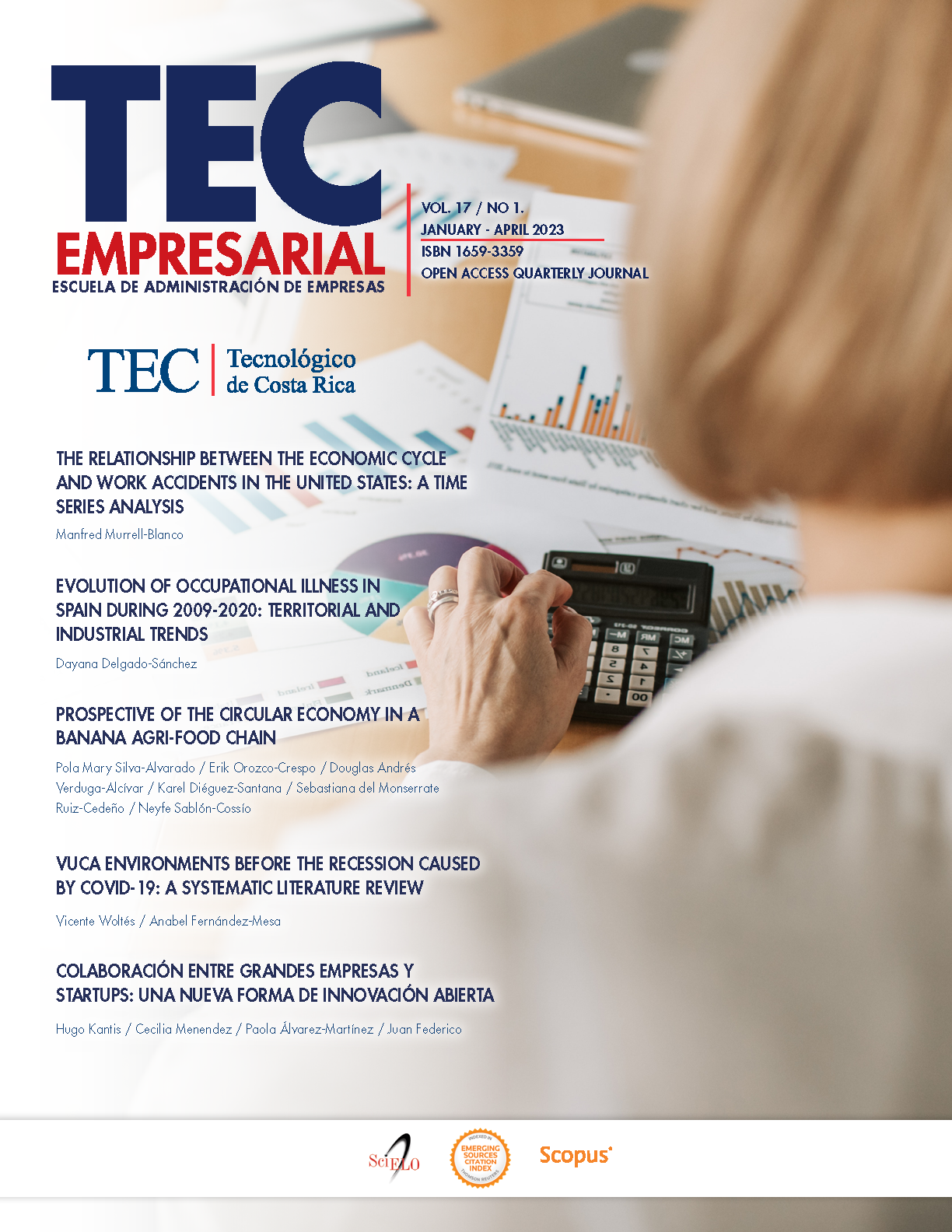Evolution of occupational illness in Spain during 2009-2020: Territorial and industrial trends
Main Article Content
Abstract
This study analyzes the temporal evolution of occupational illnesses and their causing agents in Spain during the period 2009-2020, paying close attention to territorial and industrial trends. Similar to the case of work accidents, results suggest a positive association between the state of the economic cycle and the incidence rate of occupational illnesses. The reported increase in occupational illnesses between 2009 and 2020 should not be interpreted as bad news. Regulatory changes underwent by Spain’s government introduced a logical harmonization in illnesses’ notification criteria, which led to a temporal convergence of occupational illnesses with and without work leave days. Also, legal reforms facilitated the updating of the list of occupational illnesses and their causing agents, which constitutes a sign that the level of protection of Spanish workers improved, in terms of occupational health and safety at the workplace
Article Details
The digital version of the journal is registered under the BY-NC-ND 4.0 Creative Commons license. Therefore, this work may be copy and redistribute the material in any medium or format, as long as you give appropriate credit, provide a link to the license, and indicate if changes were made. You may do so in any reasonable manner, but not in any way that suggests the licensor endorses you or your use.
The authors keep the copyright and give the journal the right of the first publication and the possibility of editing, reproducing, distributing, exhibiting and communicating in the country and abroad through printed and electronic means. On the other hand, the author declares to assume the commitment on any litigation or claim related to the rights of intellectual property, exonerating of responsibility to the Business School of the Costa Rica Institute of Technology.


